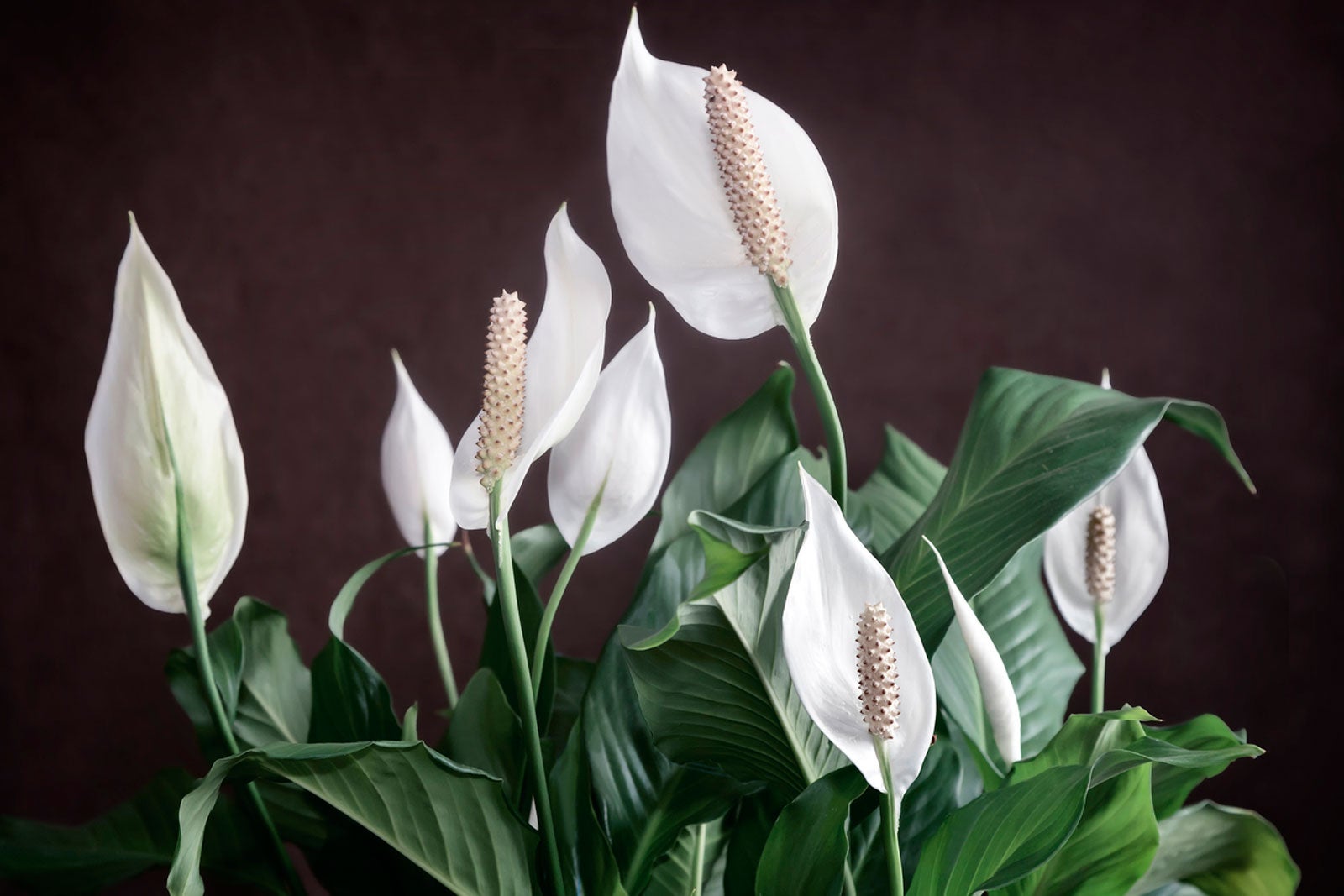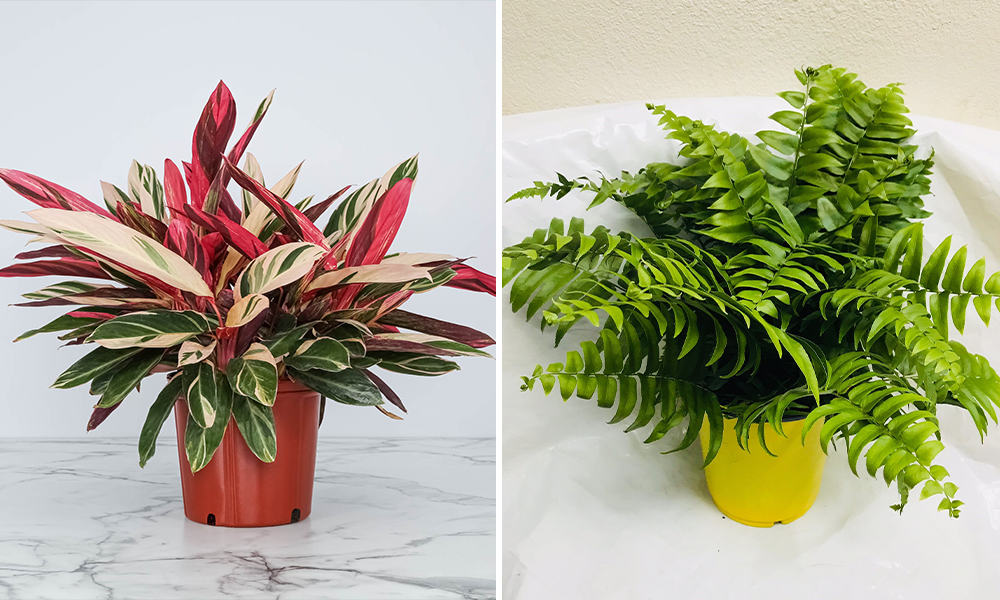Reveal the Tricks of Low-Light Indoor Plants and How They Enhance Your Environment
Low-light indoor plants have gathered boosting focus for their special ability to boost both aesthetic charm and ecological high quality within homes and work environments. These resistant types, including the Serpent Plant and Tranquility Lily, not only grow in challenging lights conditions yet likewise play a critical function in air purification and emotional well-being.
Advantages of Low-Light Indoor Plants
Although lots of people assume that interior plants require bountiful sunlight to grow, low-light indoor plants offer a wide variety of benefits that make them ideal for various atmospheres. One of the main benefits is their flexibility; they can prosper in areas with restricted all-natural light, such as offices, basements, or areas with little home windows. This attribute allows individuals to enhance their surroundings with greenery, adding to enhanced appearances without the requirement for substantial illumination adjustments.
Additionally, low-light indoor plants can considerably improve interior air high quality by filtering harmful contaminants and releasing oxygen, making living spaces healthier. Research has actually shown that specific varieties can absorb toxins, hence advertising a cleaner ambience. In addition, they can boost mental wellness by lowering stress and increasing productivity. The existence of plants has been connected to better feelings of tranquility and emphasis.
Furthermore, low-light plants commonly require much less upkeep than their sun-loving counterparts, making them excellent for active people or those new to gardening. Their durability permits them to love marginal treatment, therefore providing a rewarding experience for plant enthusiasts and beginners alike. In summary, low-light indoor plants serve both practical and aesthetic functions, making them beneficial additions to any kind of space.
Top Low-Light Plant Ranges
Low-light interior plants been available in a selection of types, each offering distinct features and advantages suited for dim settings. Among the most preferred selections is the Snake Plant (Sansevieria), understood for its air-purifying capacities and building leaves. This resilient plant grows on neglect and can tolerate a broad variety of light problems.
One more excellent selection is the ZZ Plant (Zamioculcas zamiifolia), which includes glossy, dark green leaves and is extremely drought-tolerant. Its versatility makes it a preferred for workplaces and homes with minimal sunshine.
The Pothos (Epipremnum aureum) is additionally a leading competitor, with its tracking creeping plants and heart-shaped leaves - Best low-light indoor plants. This flexible plant can be trained to climb up or cascade, adding aesthetic interest to any type of space

Treatment Tips for Low-Light Plants
Taking care of low-light indoor plants needs a nuanced understanding of their details needs to make sure ideal growth and vigor. It is crucial to choose the appropriate potting mix, as a well-draining soil is vital to stop origin rot. A blend developed for houseplants, frequently consisting of peat moss and perlite, works well for the majority of low-light varieties.
Watering is an additional key element of care. Low-light plants usually require less regular watering contrasted to their sun-loving equivalents. It is advisable to examine the leading inch of soil; if it feels dry, it's time to water. Overwatering can cause problems such as mold and mildew and root decay.
Fertilization needs to be come close to with care. During the growing season, a watered down fluid fertilizer can be used monthly, yet in cold weather, lots of low-light plants enter inactivity and call for little to no fertilization.
Lastly, it is necessary to regularly clean the fallen leaves to remove dirt, enabling far better light absorption. By sticking to these treatment pointers, you can grow a successful environment for your low-light interior plants, improving both their look and long life.
Enhancing Air Quality With Plants
Indoor plants play a significant duty in improving air quality within homes and office. Via the process of photosynthesis, these plants take in co2 and launch go to my site oxygen, adding to a healthier atmosphere. Additionally, certain low-light indoor plants have the capability to filter hazardous pollutants, such as benzene, trichloroethylene, and formaldehyde, which are typically found in indoor atmospheres.

Furthermore, the existence of interior plants can raise humidity levels, which helps ease completely dry skin and respiratory issues, additionally enhancing general wellness. This ability to enhance air quality not only advertises physical wellness however likewise supports mental wellness.
Incorporating low-light indoor plants into your living and functioning rooms can bring about an extra vibrant and invigorating environment (Best low-light indoor plants). Purchasing these natural air purifiers is an easy yet efficient approach for enhancing interior air quality and fostering a healthier lifestyle
Developing a Tranquil Indoor Area
The integration of plants right into living areas not only boosts air this post top quality yet likewise contributes to a tranquil atmosphere. Low-light interior plants, such as serpent plants and pothos, are especially efficient in creating a serene atmosphere, as they grow in conditions that may or else be inhospitable for various other greenery. Their rich vegetation provides a soothing visual, minimizing anxiety and advertising leisure.
Integrating these plants right into your office or home can evoke a sense of peace and browse around these guys well-being. Tactically putting them in areas where you invest considerable time, such as living areas or work spaces, enables an immersive experience with nature, which has actually been shown to enhance state of mind and cognitive function.
Furthermore, the mild motion of fallen leaves in action to airflow can develop a vibrant visual component that improves the total setting. Think about utilizing a range of plant elevations and appearances to include deepness and rate of interest to your area. With thoughtful placement and treatment, low-light interior plants can change any type of area into a peaceful shelter, promoting not only visual complete satisfaction yet emotional and additionally psychological health.

Verdict
Incorporating low-light indoor plants into various atmospheres yields considerable advantages, consisting of improved air high quality and boosted aesthetic appeal. The transformative power of low-light plants underscores their value in improving both property and job-related setups.
Although many individuals presume that interior plants need abundant sunlight to flourish, low-light indoor plants provide a plethora of advantages that make them ideal for various atmospheres.Additionally, low-light indoor plants can substantially enhance indoor air high quality by releasing and filtering system dangerous toxic substances oxygen, making living spaces healthier. Additionally, particular low-light indoor plants have the capability to filter damaging pollutants, such as formaldehyde, benzene, and trichloroethylene, which are commonly located in interior environments.
Low-light indoor plants, such as serpent plants and pothos, are particularly reliable in producing a calm setting, as they grow in problems that may otherwise be inhospitable for other greenery.Including low-light interior plants right into various settings returns substantial advantages, including improved air quality and enhanced visual allure.
Comments on “The Best Low-Light Indoor Plants to Improve Your Home’s Air Quality”